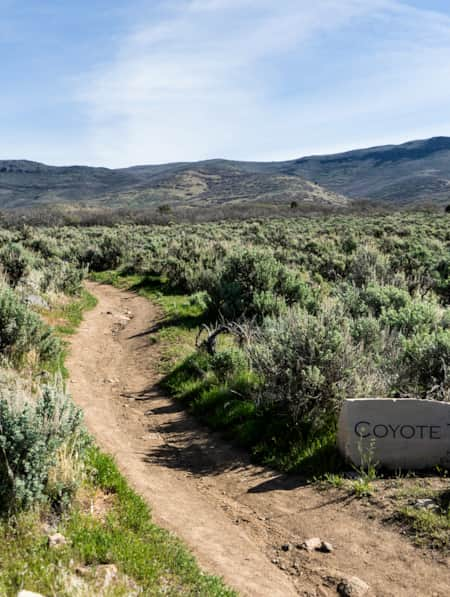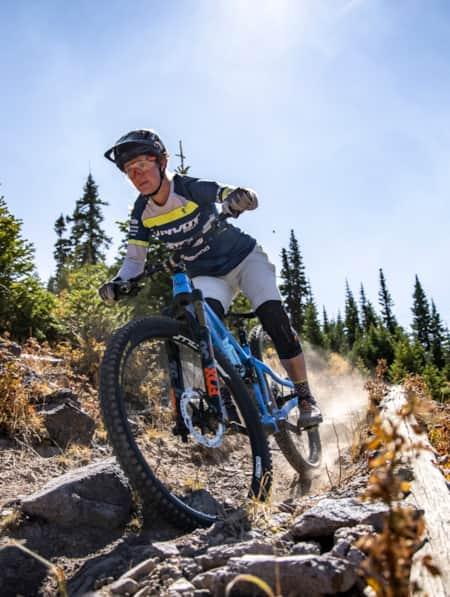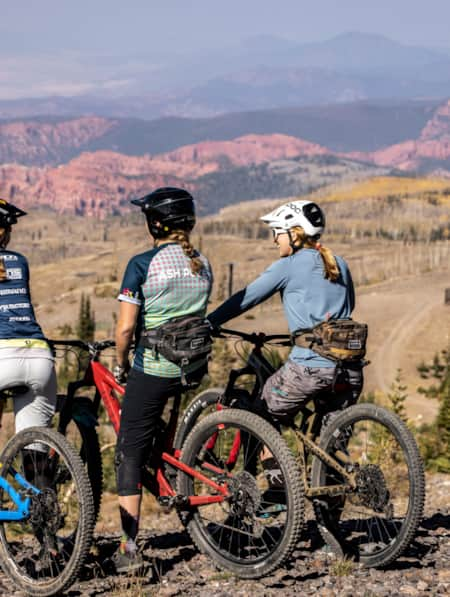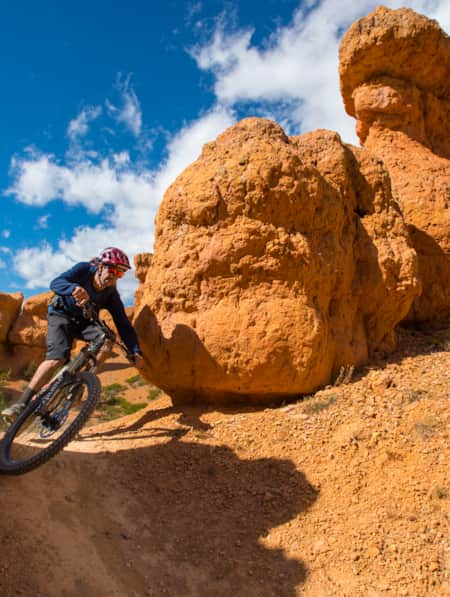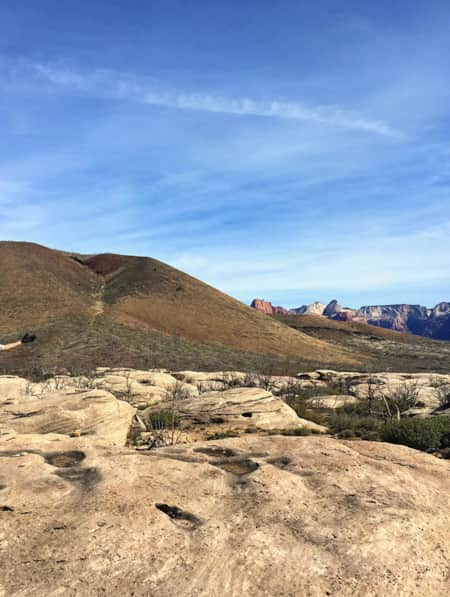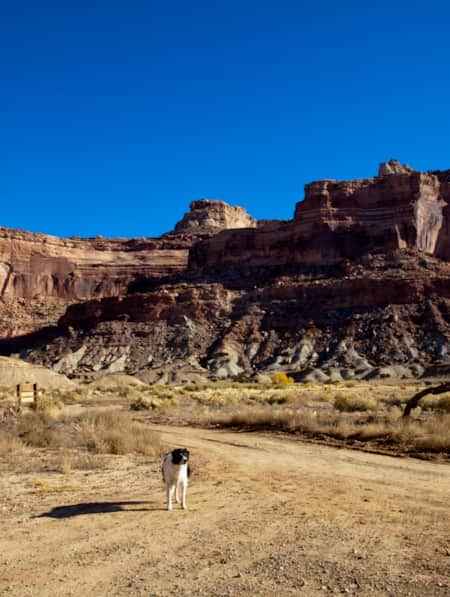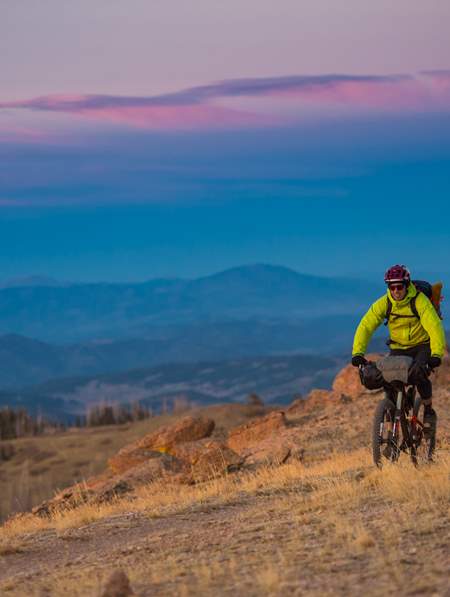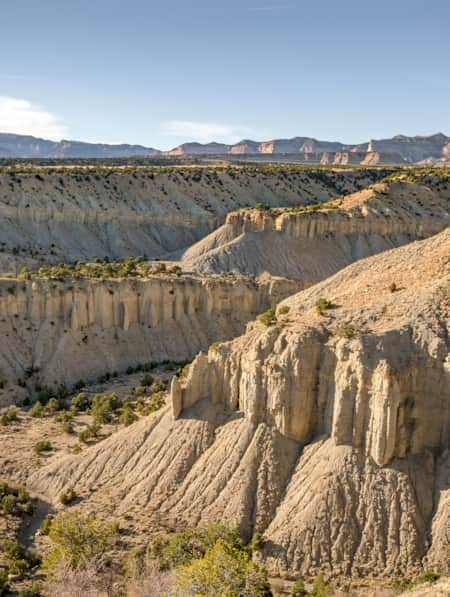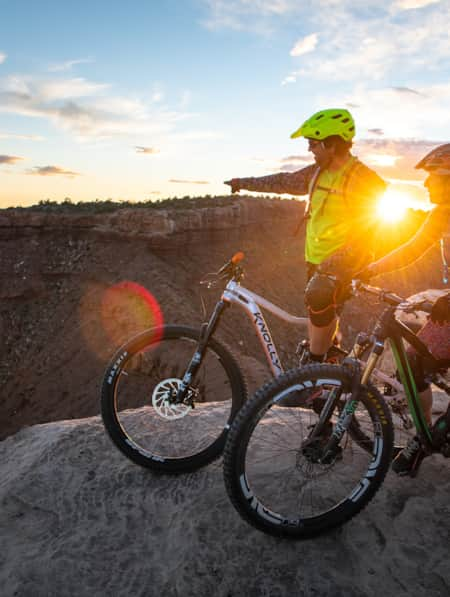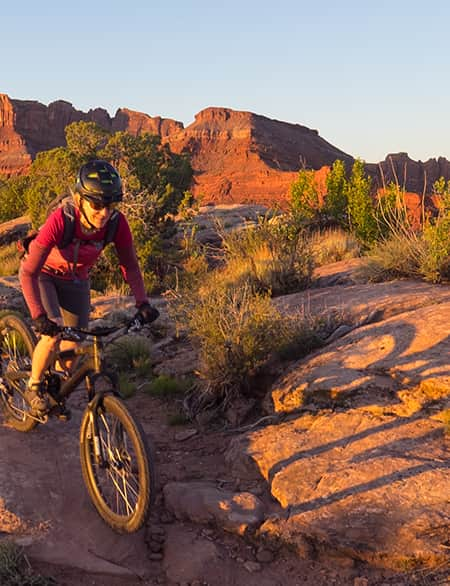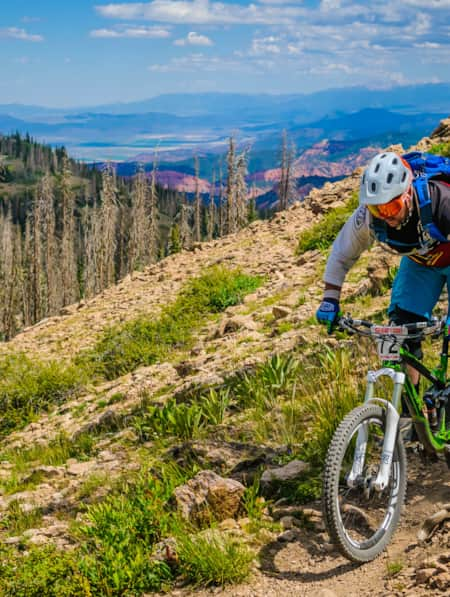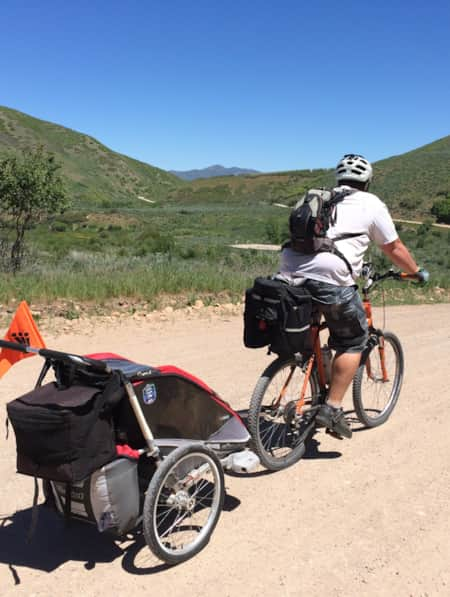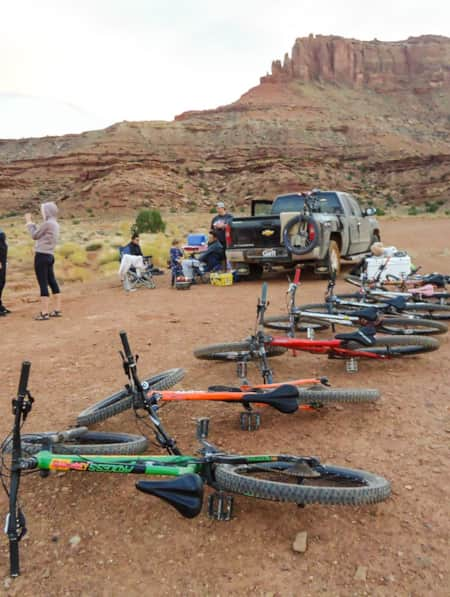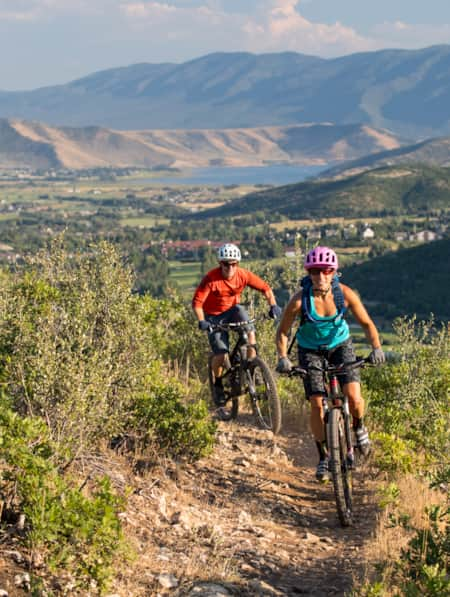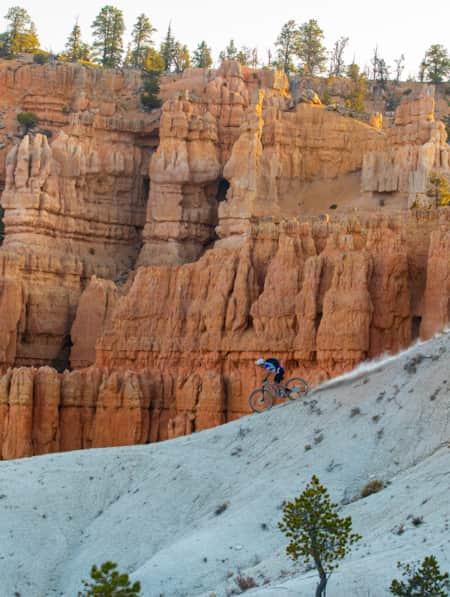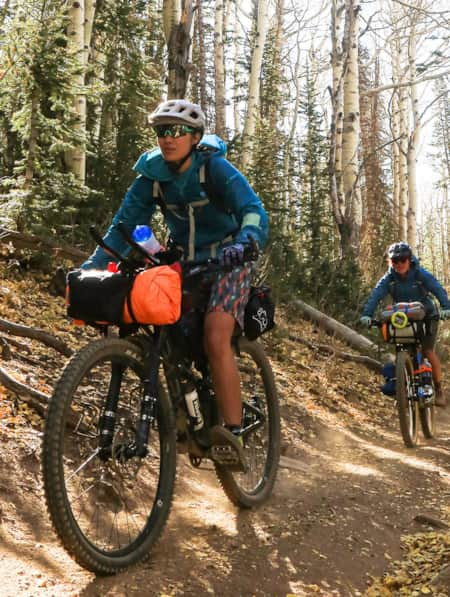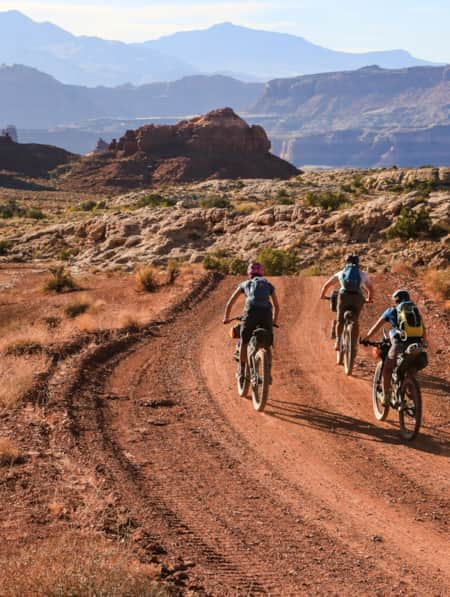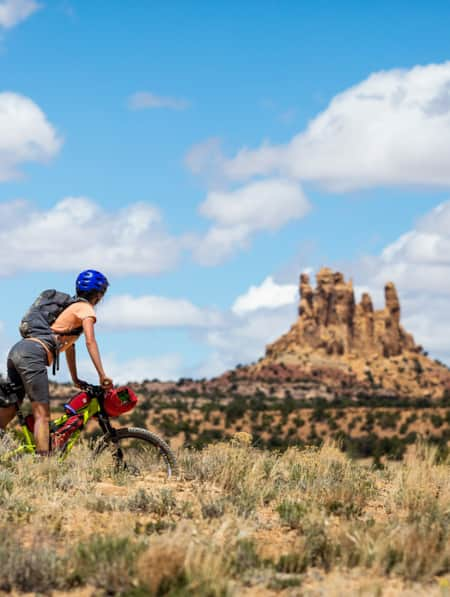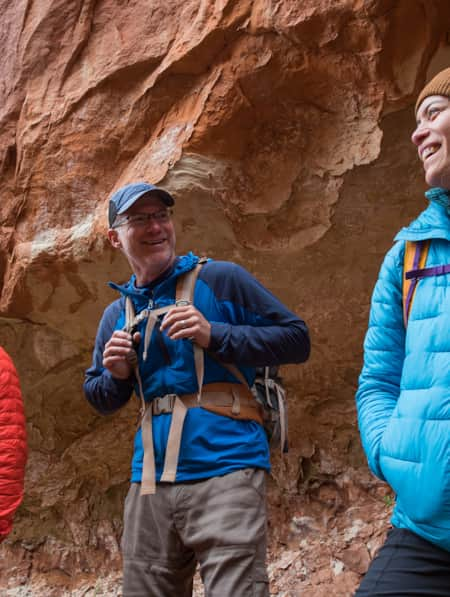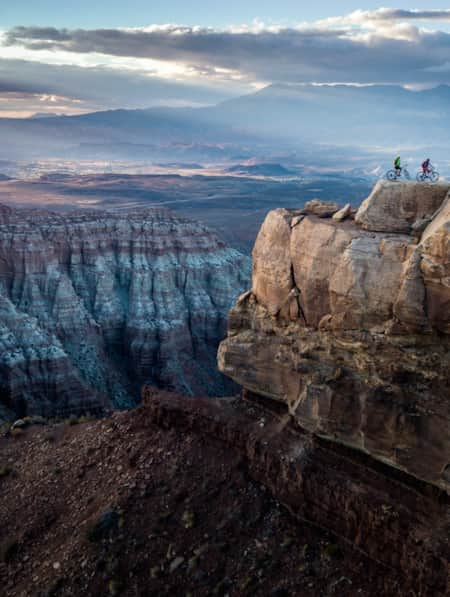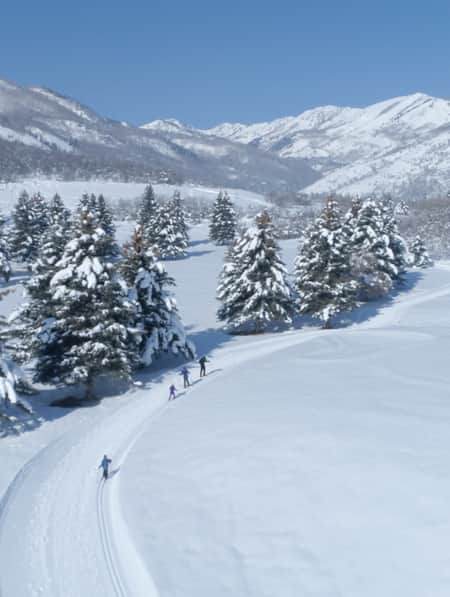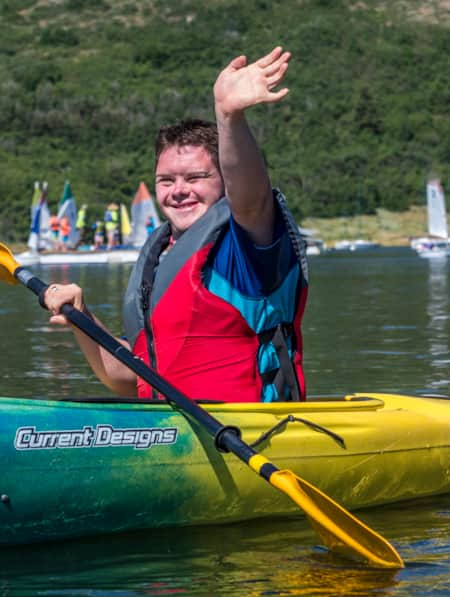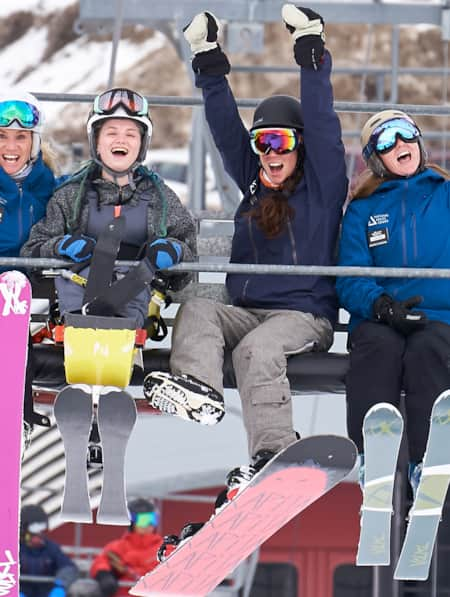How to Bikepack: Pro Tips for Planning a Multi-day Backcountry Ride
How to pack and prepare for a multi-day backcountry adventure by mountain bike
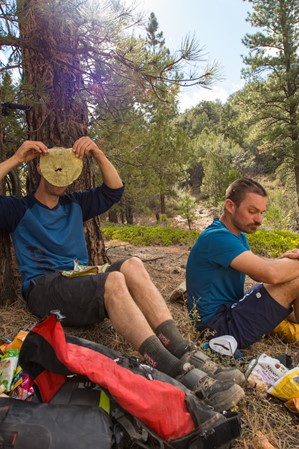
“How are we going to fit all this stuff in these bags?”
Eric Porter and I stood on the lawn of Brian Head Resort scratching our heads, staring down at our mountain bikes, a few small bags and a giant pile of gear and food. We had to pack enough warm clothing, a tent, stove, sleeping bags, a water filter and four days worth of food into a backpack and two Revelate Designs bike bags. Clearly, my Tetris skills would be coming into play.
"Bikepacking is a process of trial and error; the only way to learn the optimal setup is by first going on an overnight local adventure to figure out what's needed and what's not. There’s a lot of learning involved in this sport, and every cyclist is different."
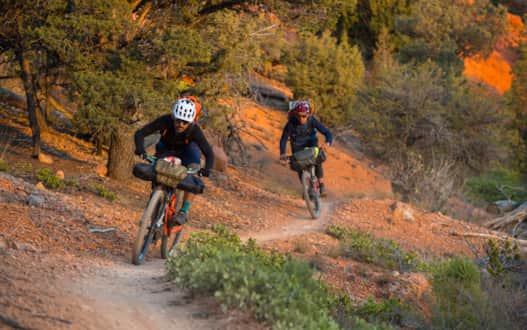
Lighter means faster.
Photo: Scott Markewitz
Innovations in lightweight camping gear and capable mountain bikes make multi-day bikepacking adventures more realistic than ever, but you still need to know how to pack for your tours. The ideal bikepacking gear list is a process of trial and error; the only way to learn the optimal setup is by first going on an overnight local adventure to figure out what's needed and what's not.
One of the biggest challenges in preparing for a multi-day bike adventure is knowing how much food to bring. If the adventure takes you bicycling through more populated areas, less food is required as you can buy meals along the way, but for deep backcountry self-supported outings, every meal and snack needs to be planned in advance. Since you'll be active, calorie counting is important, so ensure that you're taking in as many calories as you're burning. And remember, the load gets lighter as you go, so don't be afraid to pack more food than you you think you’ll need for your bikepacking tours.
Food
Look for food that's calorie dense, flat and has minimal packaging. Tortillas, jerky, trail mix, oatmeal, cheese and tuna packets all worked well for us. For dinner, dehydrated meals are light, compact, calorie dense and are easily prepared with just hot water. Good to Go meals are highly recommended; they were quite tasty with good quality ingredients. But do your own research on what might work best for you.
"Calorie counting is important, so ensure that you're taking in as many calories as you're burning. And remember, the load gets lighter as you go, so don't be afraid to pack more food than you think you'll need."
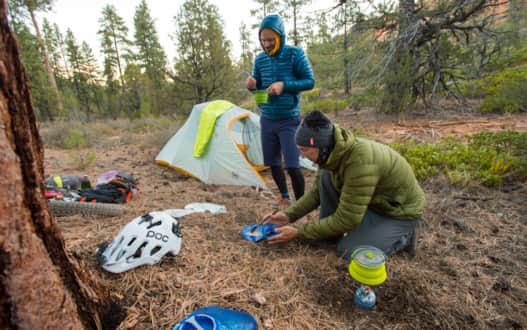
Maximum calories, minimal weight.
Photo: Scott Markewitz
Clothing
Clothing-wise, you need less than you think, especially if the weather forecast doesn't call for rain. If it does, consider waiting until the weather looks more favorable. Bikepacking is challenging enough even when the weather is good; don't make it harder on yourself than necessary.
For our four-day adventure, I ended up bringing a long sleeve and short sleeve riding jersey, one pair of riding shorts, two shammy liners, two pairs of gloves and socks and a lightweight rain jacket. Bring mountain bike shoes you can comfortably wear all day. For camp clothing, I brought wool long johns and a midweight top, a warm hoodie down jacket, a thick pair of socks and a very lightweight pair of sneakers. We camped in temperatures as cold as the mid-20s, and although it was a bit chilly in the mornings, I didn't feel underpacked. Biking in the winter? See more cold-weather gear tips.
Camp
Camp gear consisted of a lightweight, three-pound Big Agnes three-person tent that we shared, a lightweight full-length Big Agnes air mattress that compressed down to the size of a Foster's beer can, a down sleeping bag, a gas-powered stove, collapsible, accordion-style bowls and a genius Platypus GravityWorks gravity-fed water filter using two packable plastic reservoirs and a tiny inline filter, no pumping needed.
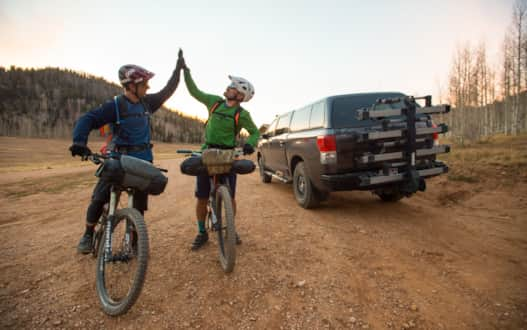
The bittersweet end to a successful trip.
Photo: Scott Markewitz
Route and Ride
Logistically, pick a route that is realistic for everyone in the group, and make sure that the group communicates and gets along well with one another (Read: "Three Utah Bikepacking Routes for Beginners to Intermediates"). Gather as much information as you can before making route choices and focus on making good group decisions and getting consensus on those decisions. Each evening at camp, it's good to debrief on the day, talking about what the group did well and where the group could improve. Nobody wants to get hurt or lost in the backcountry.
Make sure everyone's bikes are in top mechanical condition— a simple mishap can turn a great trip into a disaster. It’s preferable to have everyone riding new tires and fresh brake pads, and make sure someone carries all the necessary tools as well as a small first aid kit. A Leatherman, duct tape, zip ties, extra chain links, chain lube, tire boots, tire plugs, shock pump and of course extra inner tubes are all must-haves. And be sure at least one person in your group has a little education when it comes to bike repair — learning how to fix a bike on the trail while daylight fades is no fun.
If there's any room leftover, bring along a flask of your favorite adult beverage. Your riding mates will love you for it when sitting around the campfire!

